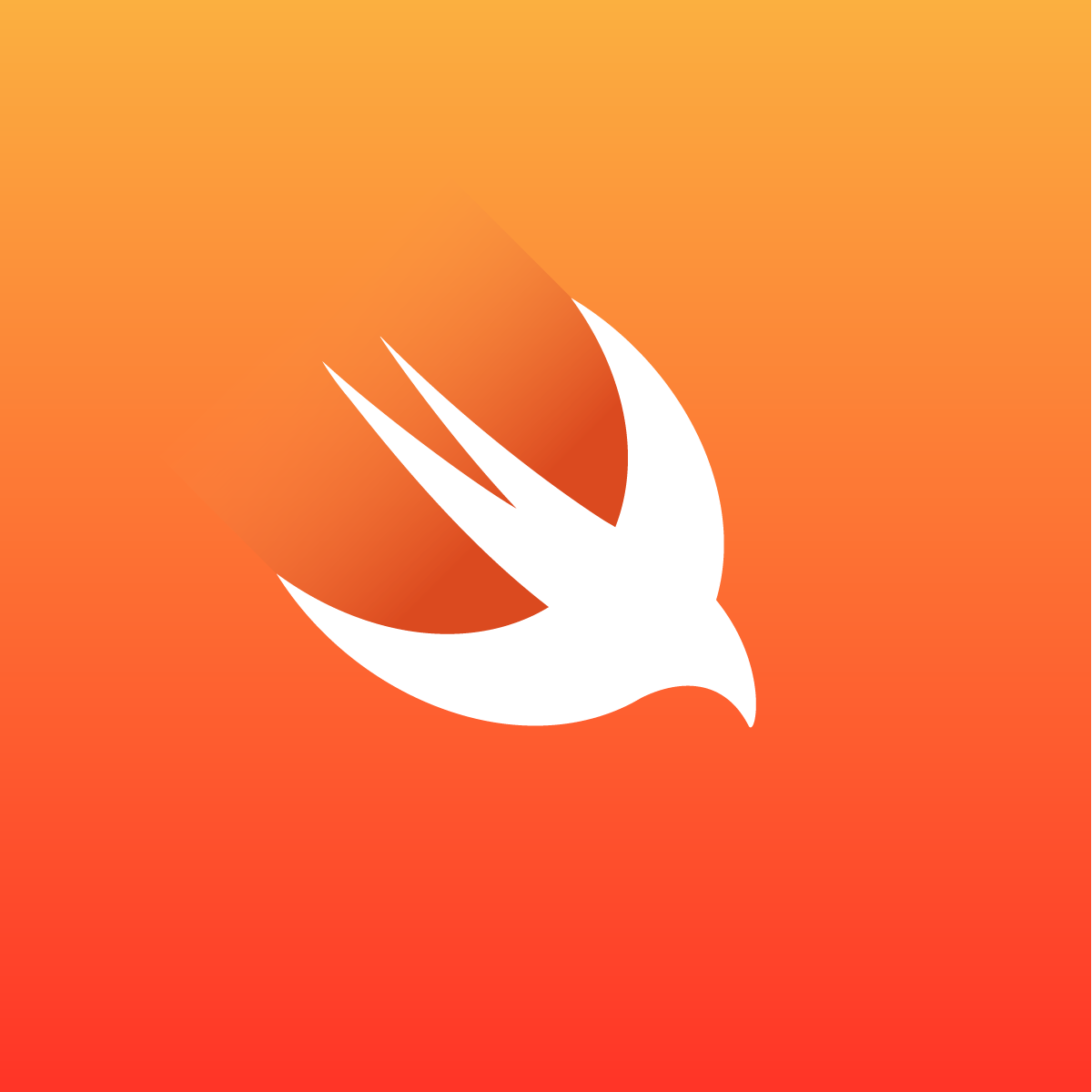- August 28, 2025
- Mins Read
NavigationView by Mijick is a powerful, open-source library dedicated for SwiftUI that makes navigation process super easy and much cleaner.
- Custom animations. Our library provides full support for any animation.
- Gesture support. You can easily enable navigation gestures for a selected screen.
- Remembers the current scroll view offset. Library automatically saves the current scroll view offset when you leave the view.
- Improves code quality. Navigate through your screens with just one line of code. Focus on what’s important to you and your project, not on Swift’s intricacies.
- Stability at last! At Mijick, we are aware of the problems that were (and still are) with the native NavigationView and how many problems it caused to developers. Therefore, during the development process we put the greatest emphasis on the reliability and performance of the library.
- Designed for SwiftUI. While developing the library, we have used the power of SwiftUI to give you powerful tool to speed up your implementation process.
Getting Started
✋ Requirements
| Platforms | Minimum Swift Version |
|---|---|
| iOS 15+ | 5.0 |
⏳ Installation
Swift package manager is a tool for automating the distribution of Swift code and is integrated into the Swift compiler.
Once you have your Swift package set up, adding NavigationView as a dependency is as easy as adding it to the dependencies value of your Package.swift.
dependencies: [
.package(url: “https://github.com/Mijick/NavigationView”, branch(“main”))
]
Cocoapods is a dependency manager for Swift and Objective-C Cocoa projects that helps to scale them elegantly.
Installation steps:
- Install CocoaPods 1.10.0 (or later)
- Generate CocoaPods for your project
pod init
- Add CocoaPods dependency into your
Podfile
pod ‘MijickNavigationView’
- Install dependency and generate
.xcworkspacefile
pod install
- Use new XCode project file
.xcworkspace
Usage
1. Setup library
Inside your @main structure, call the implementNavigationView method with the view that is to be the root of the navigation stack. The view must be of type NavigatableView. The method takes an optional argument – config, which can be used to configure certain attributes of all the views that will be placed in the navigation stack.
@main struct NavigationView_Main: App {
var body: some Scene {
WindowGroup {
ContentView()
.implementNavigationView(config: nil)
}
}
}
2. Declare a view to be pushed to the navigation stack
NavigationView by Mijick provides the ability to push any view conforming to the NavigatableView protocol to the navigation stack.
struct ExampleView: NavigatableView {
…
}
3. Implement body
Fill your view with content
struct ExampleView: NavigatableView {
var body: some View {
VStack(spacing: 0) {
Text(“Witaj okrutny świecie”)
Spacer()
Button(action: pop) { Text(“Pop”) }
}
}
…
}
4. Implement configure(view: NavigationConfig) -> NavigationConfig method
This step is optional – if you wish, you can skip this step and leave the configuration as default.
Each view has its own set of methods that can be used to create a unique look for each view in the stack.
struct ExampleView: NavigatableView {
func configure(view: NavigationConfig) -> NavigationConfig { view.backgroundColour(.red) }
var body: some View {
VStack(spacing: 0) {
Text(“Witaj okrutny świecie”)
Spacer()
Button(action: pop) { Text(“Pop”) }
}
}
…
}
5. Present your view – from any place in your code!
Just call ExampleView().push(with:) from the selected place. As simple as that!
struct SettingsViewModel {
…
func openSettings() {
…
ExampleView().push(with: .verticalSlide)
…
}
…
}
6. Close your view – it’s even simpler!
There are two ways to do this:
- By calling one of the methods
pop,pop(to type:),popToRootinside any view
struct ExampleView: NavigatableView {
…
func createButton() -> some View {
Button(action: popToRoot) { Text(“Tap to return to root”) }
}
…
}
- By calling one of the static
NavigationManagermethods:NavigationManager.pop()NavigationManager.pop(to type:)where type is the type of view you want to return toNavigationManager.popToRoot()
7. Wait, there’s even more!
We’re almost done, but we’d like to describe three additional methods that you might like:
- With the
setAsNewRootmethod you can change the root of your navigation stack:
ExampleView()
.push(with: .verticalSlide)
.setAsNewRoot()
EnvironmentObjectcan be passed, but remember to do this BEFORE pushing the view to the stack:
ExampleView()
.environmentObject(object)
.push(with: .verticalSlide)
- Use
onFocus, notonAppear
If you want to be notified every time a view is visible (is on top of the stack), useonFocusmethod:
struct ExampleView: NavigatableView {
var body: some View {
VStack(spacing: 0) {
Text(“Witaj okrutny świecie”)
Spacer()
Button(action: pop) { Text(“Pop”) }
}
.onFocus(self) {
// Do something
}
}
…
}
GitHub
- August 27, 2025
- SwiftUI
This package provides you with an easy way to show tooltips over any SwiftUI view, since Apple does not provide ...
- August 27, 2025
- SwiftUI
- Uncategorized
SimpleToast is a simple, lightweight, flexible and easy to use library to show toasts / popup notifications inside iOS or ...
- August 27, 2025
- SwiftUI
Create Toast Views with Minimal Effort in SwiftUI Using SSToastMessage. SSToastMessage enables you to effortlessly add toast notifications, alerts, and ...







